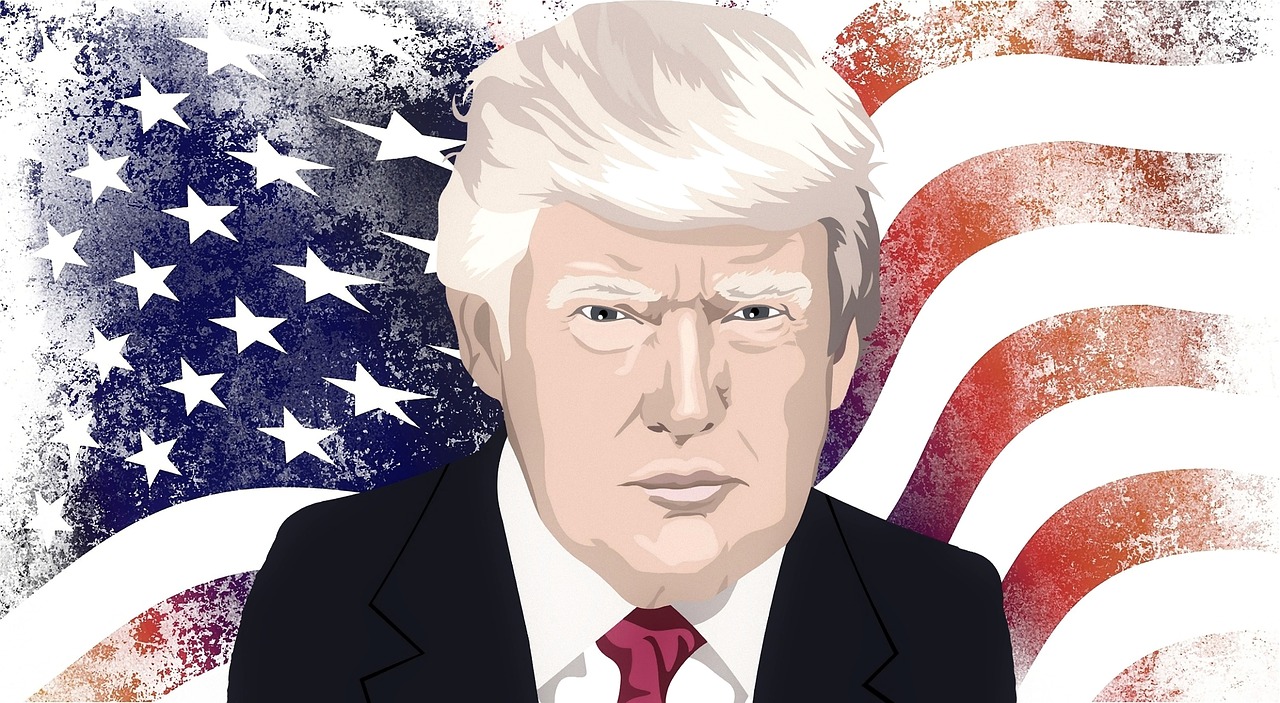35 of the 100 Senate seats, 39 governorship offices, and above all the entire 435-member House of Representatives will be re-elected on 6 November. The election will significantly influence US domestic and foreign policy, and in particular, how much leeway US President Donald Trump will have over the next two years. Much is open – about how large constituencies such as women, Hispanics, and boys will vote. But it’s pretty clear where the decision comes from.
There are numerous „battlegrounds“ – electoral districts where the race will remain open until Election Day on 6 November. However, these decide whether the Democrats manage to achieve a change in the balance of power in the two chambers of the congress. Should that succeed in the Senate, it would be a real sensation, since many currently held by the Democrats seats in „red“, so basically republican states, are available for election.
In the House of Representatives, which is re-elected every two years, the chances of scrapping the majority of President Donald Trump’s Republicans are real. The races are most open in the sprawling suburbs. The suburbs, the epitome of the good life in the US until today, are the home of the middle class.
Here Democrats, especially in „red“ states, where Hillary Clinton has already reached a majority in the 2016 presidential election, are hoping for significant gains. The Democrats must win 25 seats to take away the majority of the „Grand Old Party“ (GOP, the Republicans, Note). With nearly 50 seats, the races are considered open – the bulk of which is currently held by the Republicans. Twenty-five of the nearly 50 competitive constituencies were won by Clinton two years ago. A similar result – assuming the Democrats hold their own seats – would suffice for the conquest of the majority in the Chamber of Deputies.
The Democrats could benefit from one of the most important election motives of their followers here: their aversion to Trump. This is particularly pronounced in women, especially the better educated. Not only are they particularly enraged by Trump’s misogyny and lascivious statements, but they also reject his policy of splitting and marginalization more than men.
The dislike is likely to have been reinforced by the handling of Trump and the Republicans with the allegations of sexual harassment by the new Supreme Judge Brett Kavanaugh many voters. Republican election strategists would look to the suburbs with concern, the Washington Post recently reported.
The male electorate in the suburbs, however, has a tendency towards Trump. According to surveys, economic issues are crucial for men with college degrees, the „New York Times“ recently reported. This voter group was – in addition to the men without college – already in 2016 one of the most important for Trump. And that’s even more true in the suburban electoral districts in Republican states.
This group benefited particularly from the recent economic recovery – in addition to the rapid rise in stock market prices, this was particularly the tax reform, which benefited affluent whites above average.
From a demographic perspective, the boys are again particularly interesting this time. They could, so the hope on the democratic side, move the current weight of power. Of course, it is unclear how many of them actually vote. In any case, as many have registered as never before in the midterm elections, where turnout is traditionally even lower than in presidential elections. This year, however, a long-term high could generally be achieved here, as at least surveys suggest. The boys, however, traditionally choose much less than older people. However, this time there are also many young candidates, which could motivate more under 30-year-olds to vote, was last speculated in US media.
In general, interim elections serve the voters as a way to settle accounts with the president’s policy. If the Republicans lose the majority in the House of Representatives, it will be much harder for Trump to implement his agenda. In addition, Trump and his party fear that the Democrats could launch numerous investigations against Trump himself and his government.
This could not only poison the climate between the two parties, but could also damage Trump’s reelection chances and those of the Republicans in 2020. Conversely, if the Republicans hold the majority in both chambers, it is a signal for Trump to continue his agenda at a faster pace – and a severe defeat for the Democrats.
It is therefore no coincidence that Trump has been conducting intensive election campaigns for weeks, and he does not shy away from further radicalizing his language and strategy – by distracting him with provocative statements and announcements of unpleasant topics. In the face of tug-of-war over the Kavanaugh nomination, as well as Trump’s defeats against Democratic candidates, his threats to Russia, and his statements about the migrant movement in Mexico, it is almost forgotten that the President came under heavy pressure in September.
For example, through new revelations and first convictions in the course of the Russia investigation by special investigator Robert Mueller and an open letter from a high-ranking White House employee who sharply criticized Chaos and Trump’s behavior.
The Democrats did not find an effective recipe against Trump’s way of provoking fear and rage with false claims and lies, and thus inspire his electorate, even after two years. The most promising content is the offensive defense of the most important domestic achievement of Trump’s predecessor Barack Obama: the health insurance obligation. It is indeed the central theme in most democratic election campaigns. Because on „Obamacare“ now want to vote many voters of the Republicans no longer.



